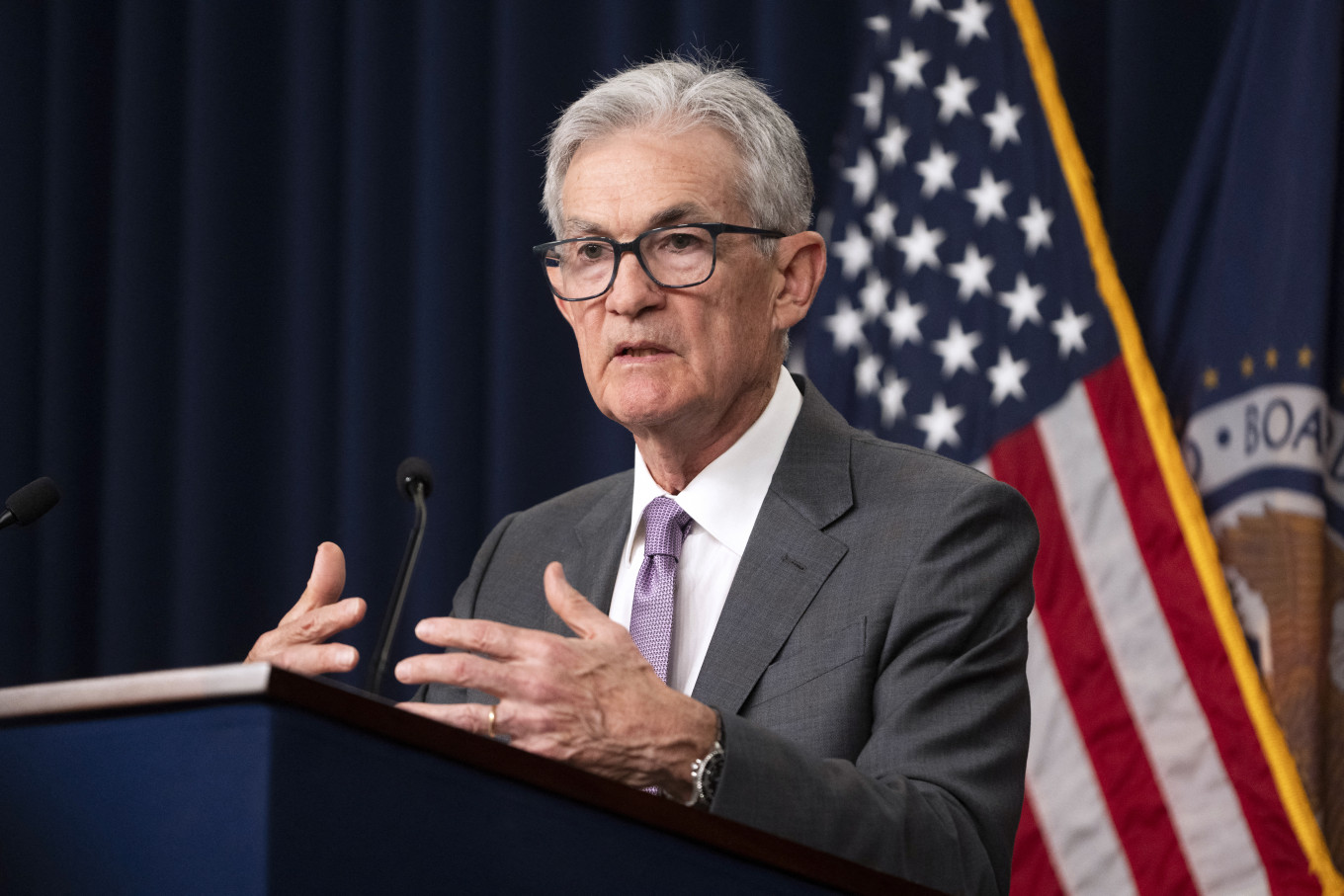Popular Reads
Top Results
Can't find what you're looking for?
View all search resultsPopular Reads
Top Results
Can't find what you're looking for?
View all search resultsPuncturing the myth of central bank independence
Change text size
Gift Premium Articles
to Anyone
C
entral bankers are the high priests of high finance. That is because they control high-powered money, commonly known as the monetary base, or the sum of currency in circulation plus commercial bank deposits with them.
By buying government bonds from banks or the market (which expands central bank balance sheets), the commercial bank reserves rise, improving market liquidity and therefore tend to reduce short-term interest rates. In effect, central banks affect market sentiment by expanding their balance sheets (technically called quantitative easing), since buying long-term bonds lower their yields, while increased liquidity lowers short-term rates, thus changing the whole interest rate curve.
When central banks tighten liquidity, interest rates rise, affecting asset prices and impact the real economy through influencing economic growth and jobs. Central banks seek to implement monetary policy to maintain price stability and financial stability, which is today seen as a professional and technical job requiring autonomy of operations, if not policy independence.
One should never forget that the first central bank was created in Sweden in 1668 to finance the government and operate the bank clearing house. When the currency was pegged against gold (the gold standard), central banks operated a simple rule: no gold, no monetary creation. However, governments quickly found out that central banks can fund huge government deficits at the risk of inflation.
Governments with high debt do not like high interest rates, since there comes a point whereby the fiscal debt interest burden becomes unsustainable. Thus, central bankers have the unpleasant task of what 1951-1970 Fed Chairman William McChesney Martin called, “taking away the punchbowl just as the party gets going”, namely, telling the Minister of Finance what he does not want to hear, the need for fiscal tightening.
Inflation typically occurs when governments borrow too much money and force central banks to monetize their debt. After all, inflation erodes the real value of government debt. Argentina inflated away its debt regularly. Debt-distressed governments, mostly developing countries, simply default.
The Federal Reserve Bank of Kansas City’s Annual Economic Policy Symposium is where serious central bankers go for their annual pilgrimage, mostly to hear the Federal Reserve Board Chairman pontificate on the latest outlook for United States interest rates.
This year’s meeting was highly politically charged because US President Donald Trump has repeatedly called chairman Jerome Powell names as well as asking him to resign immediately. Pilling on the pressure last month, he announced he was firing Lisa Cook, a member of the Fed Open Market Committee. Everyone was waiting to see whether Powell would strongly defend the leading central bank’s independence.
In his carefully worded speech on Aug. 22, Powell basically used technical jargon to vaguely hint that there may be room for cuts in September, sending the Dow Jones up to record highs. If the Fed complies with the suggestion made two weeks earlier by US Treasury Secretary Scott Bessent to move neutral (net zero real) Fed interest rates to 150 basis points lower, you can expect the US stock market to remain buoyant, which is why investors are still piling into US equities and bonds.
The relationship between central bankers and politicians have always been delicate. Most ministers of finance would prefer to have friendly central bankers, which is why some central bankers have come from either the ministries of finance or economy, usually with aligned political leanings.
However, governments sensitive to market pressure also realize that bond market vigilantes have bought into the dictum that central bankers should be independent to set monetary policy. Any bond market selloff by institutional investors would scare governments from trying to interfere with independent central banks, like what happened last April when US 10-year Treasuries hit a high of 4.59 percent per annum, contrary to what markets expected.
The Fed chairman who spectacularly demonstrated central bank courage and independence was the legendary Paul Volcker (1979-1987) who pushed Fed interest rates to as high as 20 percent per annum to kill off US inflation in 1981. He set off the 1982 recession, but gave the US several decades of low-inflation growth. He was a giant of an intellectual and seasoned Wall Street icon, appointed by the relatively mild President Jimmy Carter and serving under the Republican President Ronald Reagan at a time when the Republican Party were fiscal hawks. One should not forget that putting central bank independence into the law is very recent. The Bank of England only got its legal independence in 1998.
Trump may be accused of many things, but not hypocrisy, as he has been totally transparent about what he likes or dislikes (he also changes his mind). He is pro-business, so lower interest rates are vital to booming markets and a growing economy.
So far, the threatened inflation spike from his tariff policies has been slow to surface. He also needs the economy to be doing well as he moves to mid-term Congressional elections next year. Thus, market bulls complacently assume that under Trump the Fed will be accommodative in the run up to next year.
The façade of central bank independence is preserved for central bankers’ dignity, but in the minds of financial markets, there is no question who is already calling the shots over future US interest rates.
---
The writer is a distinguished fellow of the Asia Global Institute (AGI) and chairman of George Town Institute of Open and Advanced Studies (GIOAS) at Wawasan Open University.











